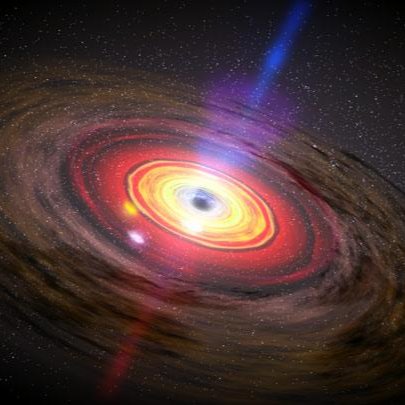It may be the host was shutdown or rebooted for some reason.
--please don't forget to Accept as answer if the reply is helpful--
This browser is no longer supported.
Upgrade to Microsoft Edge to take advantage of the latest features, security updates, and technical support.
Hi All,
We have server 2016 vm installed on Hyper-V but monthly ones the vm's got rebooted and whenever we searched for Event it shows event-id 41 "The server has rebooted without cleanly shutting down first. This error could be caused if the system stopped responding, crashed or lost power unexpectedly". Please guide from where i should start my troubleshooting either Hyper-V or Rebooted vm's.
Thanks

It may be the host was shutdown or rebooted for some reason.
--please don't forget to Accept as answer if the reply is helpful--

Hi,
I'd like to check if all the VMs get restarted or specific VMs get restarted? When the VMs get started, did the Hyper V host restarted unexpectedly?
To troubleshoot the issue, I'd suggest you monitor on one reboot VM, enable dump for unexpected shutdown, then analyze the dump, check if there's any system hang or crash on the VM system.
How to configure a memory dump:
NOTE: If RAM is larger than 32GB, we need to collect Kernel Dump. If the RAM is small than 32GB, we can collect Complete dump. We need to restart the machine to make the setting effect, please arrange downtime first.
a. Right - Click My computer, choose Properties
b. Click the Advanced system Settings.
c. Click the Advanced tab, and then under Performance, click Settings.
d. Click the Advanced tab, and then under Virtual memory, click Change.
e. In the Drive [Volume Label] list, choose one drive with enough disk space, Click Custom size, and then type (RAM+100MB) in both Initial size (MB) and Maximum size (MB) box. Then click Set, click OK.
Locate to HKEY_LOCAL_MACHINE\System\CurrentControlSet\Control\CrashControl
Set CrashDumpEnabled ; (If RAM is larger than 32GB, set it to 0x2; If the RAM is small than 32GB, set it to 0x1)
Set “Dumpfile = %SystemRoot%\MEMORY.DMP”; (please make sure C drive has enough space, if not, we can change dump to another drive like d:\memory.dmp)
If you are unable to analyze the dump file, it's recommended to open a case with MS for dump analysis.
Below is the link to open a case with MS:
https://support.microsoft.com/en-us/gp/customer-service-phone-numbers
Thanks for your time!
Best Regards,
Anne
-----------------------------
If the Answer is helpful, please click "Accept Answer" and upvote it.
Note: Please follow the steps in our documentation to enable e-mail notifications if you want to receive the related email notification for this thread.